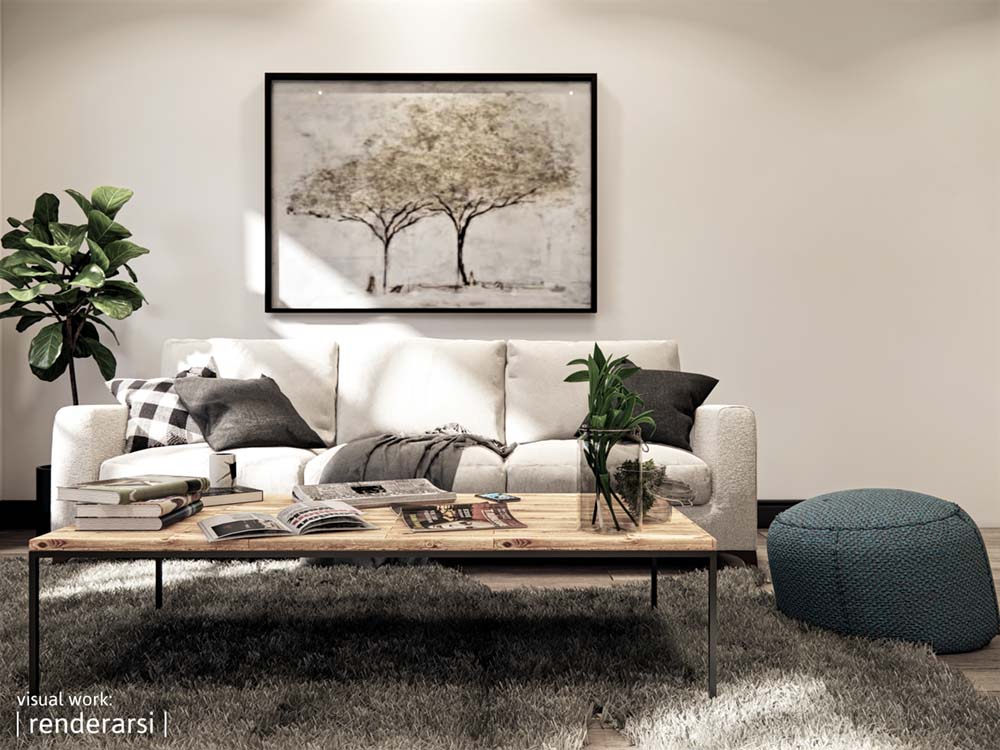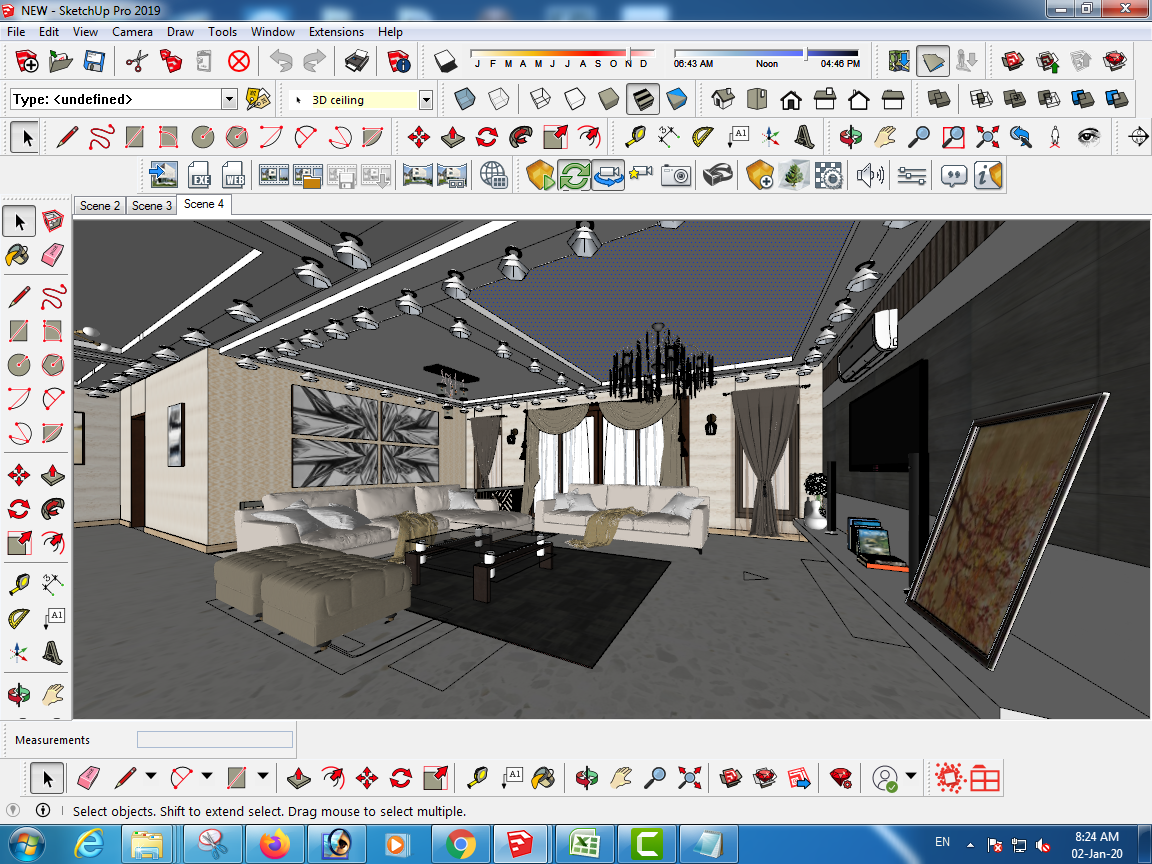

In AECbytes alone, many of the firms and projects that were recently profiled described how they were using Enscape for its real-time rendering capabilities, including Lucy Cavendish College, Cambridge University, William Duff Architects, ACPV (Antonio Citterio Patricia Viel), The Momentary, and SGA. The use of Enscape by AEC firms is rapidly gaining momentum. The quality of the renderings is so good that most of the time, a separate rendering application would not even be needed, unless a highly sophisticated animation with moving objects is required (of the kind that can be created, in say, Twinmotion or Lumion). With it, designers can see the impact of design changes in real time, which is not just useful to them for their design work, but also for sharing their designs with their clients and getting immediate feedback. Use this setting to blur the foreground/background and draw more focus on your design.įocus: When using Depth of Field, this setting can be adjusted manually to zero on the most important element, which may be a specific design element or a person in the scene.Īuto Exposure: If the scene is too dark/bright, use this setting to adjust it one way or another.Enscape is a real-time rendering application that connects directly to five different design applications popularly used in AEC: Revit, Archicad, SketchUp, Rhino, and Vectorworks. Try something closer to 50 degrees for rendered still images.ĭepth of Field: Seeing everything in the background is not always ideal.

However, it is not the lens a professional architectural photographer would use.

Enscape has many of the same settings as a camera.įield of View: The default Enscape setting of 90 degrees is great for on-screen navigation. This combines technical knowledge and artistic flair. A photographer does not just point the camera and press the button… no, they make several adjustments and may even change the lens to get the perfect shot.


 0 kommentar(er)
0 kommentar(er)
